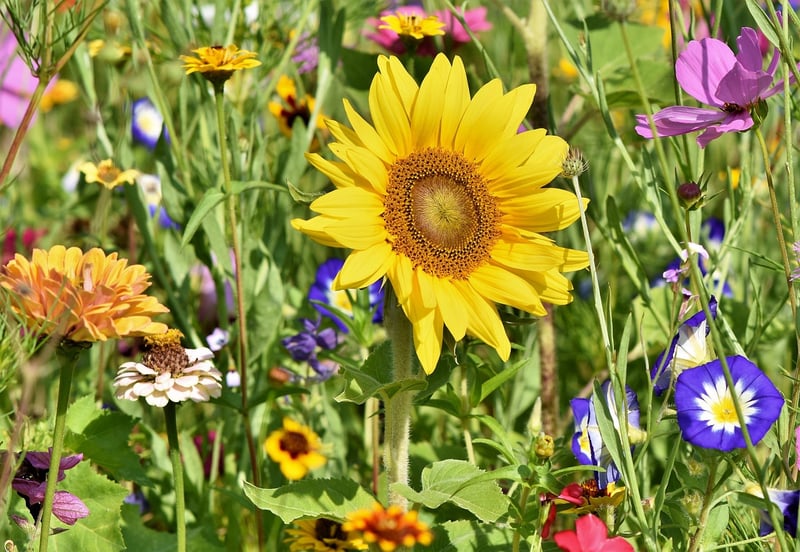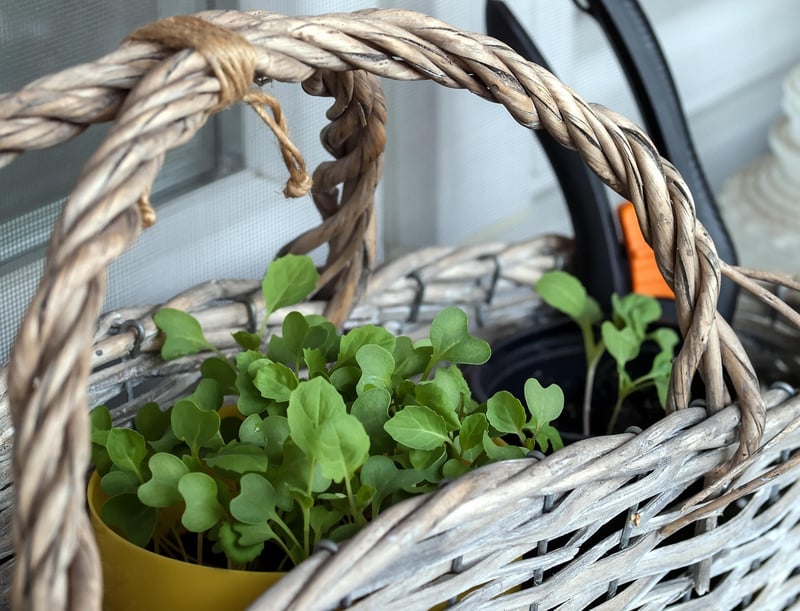Balcony Gardening Tips
Tips for Urban Gardeners
Introduction
Urban gardening is a fantastic way to bring greenery into your city life, even if you have limited space. Whether you have a small backyard, a balcony, or just a few windowsills, there are plenty of opportunities to grow your own plants and vegetables. Here are some tips to help urban gardeners make the most of their space:
1. Choose the Right Plants
Opt for plants that are well-suited to your specific urban environment. Consider factors like sunlight exposure, temperature fluctuations, and available space. Herbs like basil, mint, and parsley are great for small spaces, while tomatoes, peppers, and lettuce can thrive in containers.
2. Use Vertical Space
Vertical gardening is key for urban gardeners. Hang planters on walls, use trellises for climbing plants like peas or cucumbers, or invest in a vertical garden system. This way, you can maximize your growing area without taking up valuable floor space.
3. Container Gardening
Containers are a versatile option for urban gardening. Choose pots that have drainage holes to prevent waterlogging and use a high-quality potting mix. Remember to match the size of the container to the plant's root system and consider self-watering containers for easier maintenance.
4. Watering and Maintenance
Urban environments can be harsh on plants, so it's important to water regularly and monitor soil moisture levels. Consider using a drip irrigation system for efficient watering. Additionally, regularly check for pests and diseases to catch any issues early.
5. Community Gardening
If you're short on space or resources, consider joining a community garden. These shared spaces allow urban gardeners to collaborate, learn from each other, and collectively care for a larger growing area.
Balcony Gardening Tips
1. Assess Your Space
Before starting your balcony garden, evaluate the amount of sunlight your balcony receives and the direction of the wind. This will help you choose the right plants that can thrive in your specific balcony conditions.
2. Lightweight Containers
Since balconies have weight restrictions, opt for lightweight containers made of plastic, fiberglass, or resin. These materials are durable, weather-resistant, and won't add unnecessary weight to your balcony.
3. Wind Protection
Balconies are often exposed to strong winds, which can damage delicate plants. Create windbreaks using trellises, mesh screens, or taller plants to shield your garden from excessive wind and protect your plants.
4. Hanging Gardens
Utilize hanging baskets or railing planters to make the most of vertical space on your balcony. Hanging gardens not only add visual interest but also allow you to grow a variety of plants without taking up floor space.
5. Regular Care and Maintenance
Don't forget to regularly water your balcony plants, especially during hot weather. Fertilize plants as needed and deadhead flowers to encourage new blooms. Keep an eye out for pests and diseases and address any issues promptly.


Urban gardening and balcony gardening are rewarding pursuits that allow you to connect with nature and enjoy the benefits of growing your own plants. With the right approach and a bit of creativity, you can create a thriving garden in even the most urban of environments.
Remember to adapt these tips to suit your specific space and gardening goals, and don't be afraid to experiment with different plants and techniques to see what works best for you. Happy gardening!
